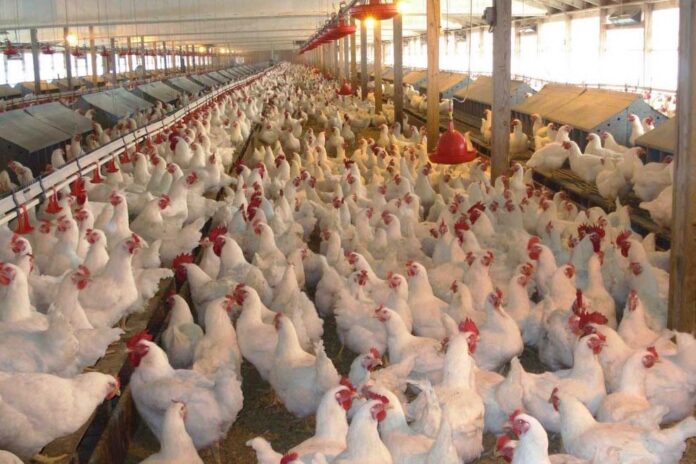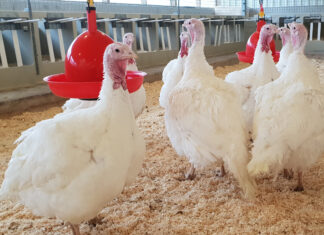
Campylobacter spp. is one of the most frequent causes of foodborne gastroenteritis having zoonotic importance, and the emergence of antimicrobial-resistant (AMR) Campylobacter spp. is of particular concern to public health. These potential AMR Campylobacter spp. could be transferred to humans through animal food, particularly chickens (Reddy and Zishiri, 2017). The present study was conducted to estimate the prevalence of AMR Campylobacter spp. and their antibiotic resistance genes (ARGs).
A total of 840 cloacal swab samples were collected from 84 broiler and cockerel farms (10 from each farm and pooled as one sample) from two selected districts of Bangladesh, then Campylobacter spp. were isolated and finally confirmed by PCR. Antimicrobial susceptibility testing was performed against 14 antibiotics from 12 different classes by disk diffusion method, and nine ARGs were screened in positive isolates using multiplex PCR. Association between phenotypic and genotypic resistances was investigated by likelihood-ratio χ2-test using SPSS.
In the results, 40.5% (34/84) isolates were Campylobacter spp. of which 100% isolates were resistant to at least two of the antimicrobial compounds. Moreover, multi-drug resistance, extensive drug resistance, and possible pan-drug resistance were observed in 97.1% (33/34), 50% (17/34) and 5.9% (2/34) Campylobacter spp. Isolates, respectively, with 73.5% (25/34) resistance to at least 10 antimicrobial agents. With regard to individual antibiotics, the highest resistance was observed to streptomycin (97.1%) and clindamycin (97.1%), followed by ampicillin (94.1%), tetracycline (94.1%), erythromycin (91.2%), ciprofloxacin (88.2%), nalidixic acid (85.3%), imipenem (82.4%), amoxicillin-clavulanic acid (73.5%), and azithromycin (61.8%), whereas the lowest resistance was found against colistin (35.3%). In genotypic resistance patterns, blaTEM (97.1%) was the most prevalent gene, followed by tetA (70.6%), tetB (32.4), qnrS (26.5%), blaCTX-M-1 (20.6%), qnrB (11.8%), qnrA (8.8%), and blaSHV (8.8%), whereas, blaCTX-M-2 did not exist in any of the isolates. Among phenotypically tetracycline-resistant isolates, 75% and 34.4% were detected as tetA and tetB respectively, and only three isolates harboured both tetA and tetB genes. Moreover, the prevalence of qnrA, qnrB, and qnrS genes was 9.7%, 12.9%, and 29%, respectively, in fluoroquinolone-resistant isolates, while no isolates carried any two of these genes simultaneously. Of the ceftazidime resistant Campylobacter spp., 20% isolates had blaSHV, and, furthermore, all the isolates resistant to ampicillin carried blaTEM gene. Tetracycline, ampicillin and ceftazidime resistance in Campylobacter spp. were significantly (P ≤ 0.05) associated with the presence of tetA, blaTEM, and blaSHV genes, respectively.
Chickens of 97% (33/34) Campylobacter-positive farms were administered antibiotics of which 66.7% (22/33) of farms used multiple classes of antibiotics, 51.5% (17/33) were administered antibiotics for more than seven days as prophylactic therapy, and 90.9% (30/33) of farmers used antibiotics without following any prescriptions by veterinarians. Such practices of antibiotics usage may be associated with the emergence of AMR Campylobacter.
The findings of the study indicate a serious threat to public health in terms of the high frequency of MDR Campylobacter strains and their resistance genes. This data is helpful in monitoring the emergence of multi-drug resistant Campylobacter in chicken production.
From Aust. Poult. Science Symp. 2020

















